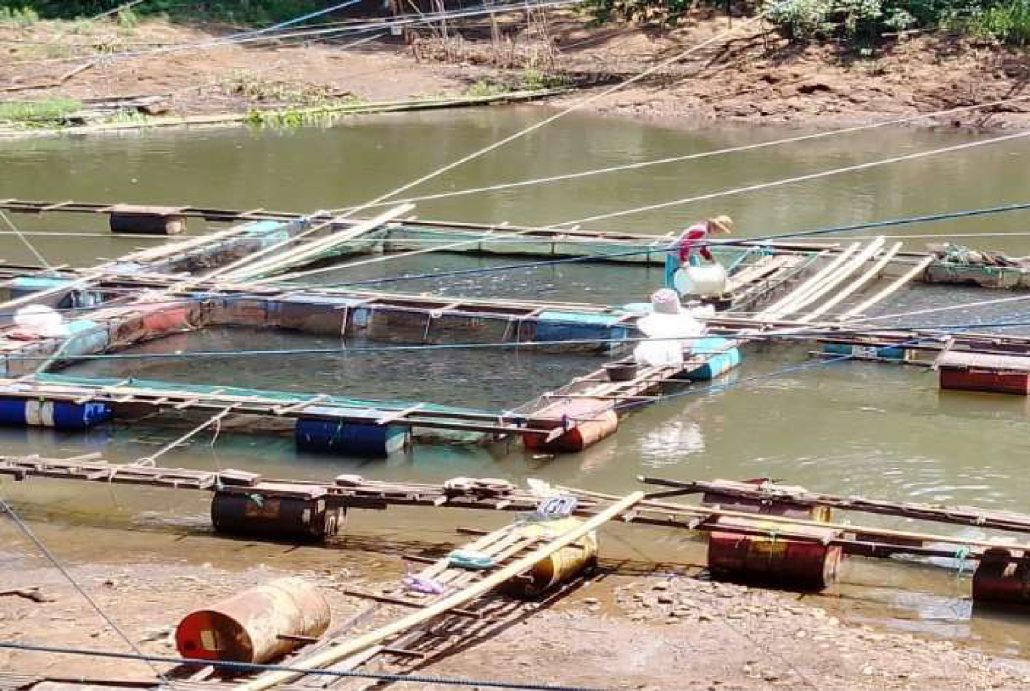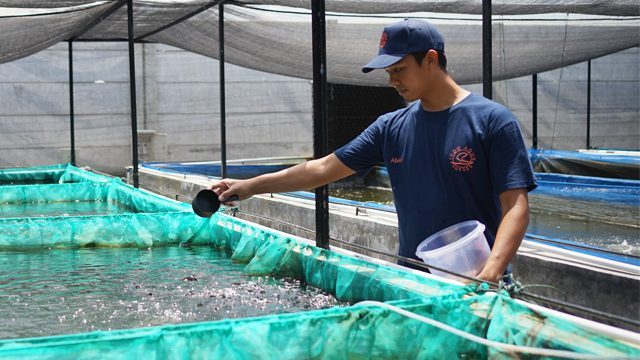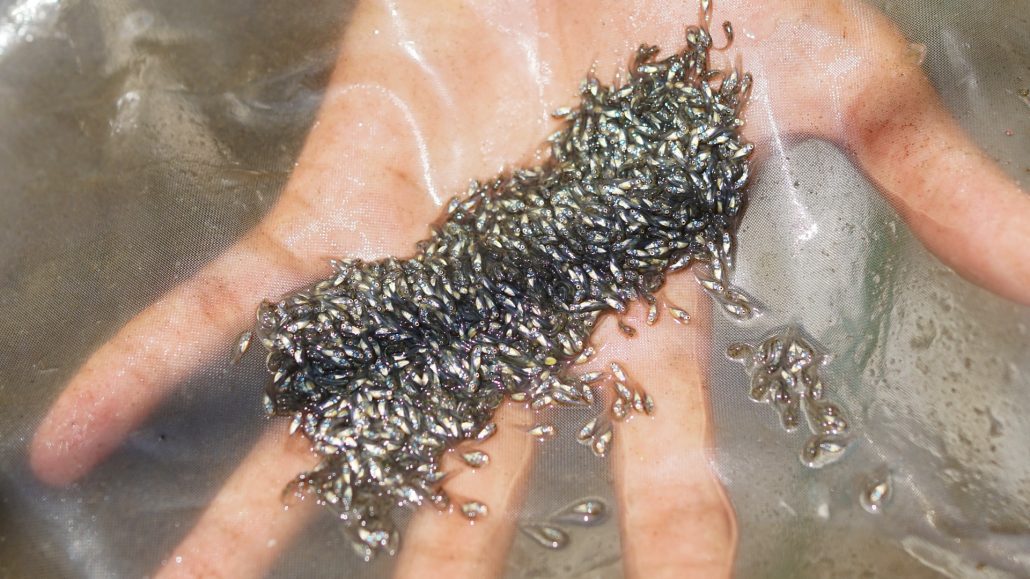The freshwater aquaculture industry in South East Asia has emerged as a promising frontier due to the rising demand for affordable and sustainable protein and fish. With an abundance of water resources and a growing demand for sustainable food production, this sector presents an array of opportunities. However, navigating the unique challenges and capitalizing on the region’s untapped potential requires careful consideration. In this article, we delve into the freshwater aquaculture sector in South East Asia, shedding light on the obstacles faced and the scope for growth in this dynamic market.
Aquaculture in South East Asia offers valuable insights into the diverse landscape of freshwater farming in the region. Countries like Indonesia face various challenges that hinder the development of tilapia farming. Environmental concerns, policy restrictions, disease outbreaks, and the availability of poor-quality fingerlings pose significant challenges. Despite these obstacles, tilapia remains a crucial commodity and a popular food fish in Indonesia, cultivated in diverse water bodies such as lakes, ponds, net cages, and even rice fields.

In recent years, the Indonesian government’s tourism-driven initiatives have brought about restrictions on the use of floating cages in reservoirs and lakes. This move has disrupted farming activities in major water bodies like Lake Toba, Riam Kanan, Lake Batur, as well as in prominent reservoirs such as Jatigede, Cirata, and Jatiluhur. Furthermore, the allocation of land for rice cultivation versus earthen ponds has impacted tilapia farming, exacerbating the challenges faced by industry players. The declining environmental carrying capacity adds another layer of complexity to the situation.
Several factors contribute to the declining growth performance and survival rates in the freshwater aquaculture sector. Disease outbreaks, particularly caused by infectious Aeromonas bacteria during the hatchery and nursery phases, and Streptococcus during the grow-out phase, have taken a toll on tilapia stocks. Bacterial infections have led to mass mortalities and survival rates as low as 30%. Parasites and fungi also pose threats during the fry stages. Environmental factors such as low dissolved oxygen levels, suboptimal temperature, and pH levels have contributed to survival rates dropping to less than 40% on average.
The quality of fry and juvenile fish plays a vital role in growth performance. Poor-quality fingerlings, coupled with escalating feed and energy costs, have intensified the challenges faced by farmers. In Indonesia, the cost of producing tilapia in 2022 ranged from IDR16,000-18,000/kg (USD1.11-1.23/kg), assuming a feed conversion ratio (FCR) of 1.5 for 500-800g fish and a 50% survival rate. Enhancing tilapia production requires a focus on good quality fingerlings, ensuring better growth performance, survival rates, and FCR.
The South East Asian region, beyond Indonesia, exhibits diverse prospects in freshwater aquaculture. Due to the changing climate and rising population, the demand for sustainable, nutritious, affordable and locally sourced food is likely to increase. Cultivating strategic partnerships with local stakeholders and leveraging advanced technologies can foster innovation and drive sustainable growth. Intensive aquaculture methods, such as the use of small ponds with paddlewheels, have shown promising results in regions like Jogjakarta and East Java. These systems achieve high survival rates of approximately 70-80% and impressive productivity.
But to unlock the full potential of freshwater aquaculture in South East Asia, knowledge transfer and partnerships with local entities are vital for success.
The In-Pond Raceway System (IPRS) has emerged as a game-changer, allowing for increased productivity and serving as an alternative to cage culture and traditional raceways. By integrating innovative technologies, such as the IPRS, high-quality feeds, and genetic advancements like YY technology for natural male tilapia, companies can optimize production costs, improve efficiency, and enhance profitability.

The freshwater aquaculture sector in South East Asia presents both challenges and opportunities for Western European companies. Understanding the specific issues faced in countries like Indonesia provides valuable insights into the broader regional dynamics. By addressing environmental concerns, disease outbreaks, and the need for high-quality fingerlings, companies can contribute to the sustainable growth of this sector. Collaboration, innovation, and the adoption of advanced technologies hold the key to unlocking the untapped potential of freshwater aquaculture in South East Asia, benefiting both the industry and the region as a whole.


